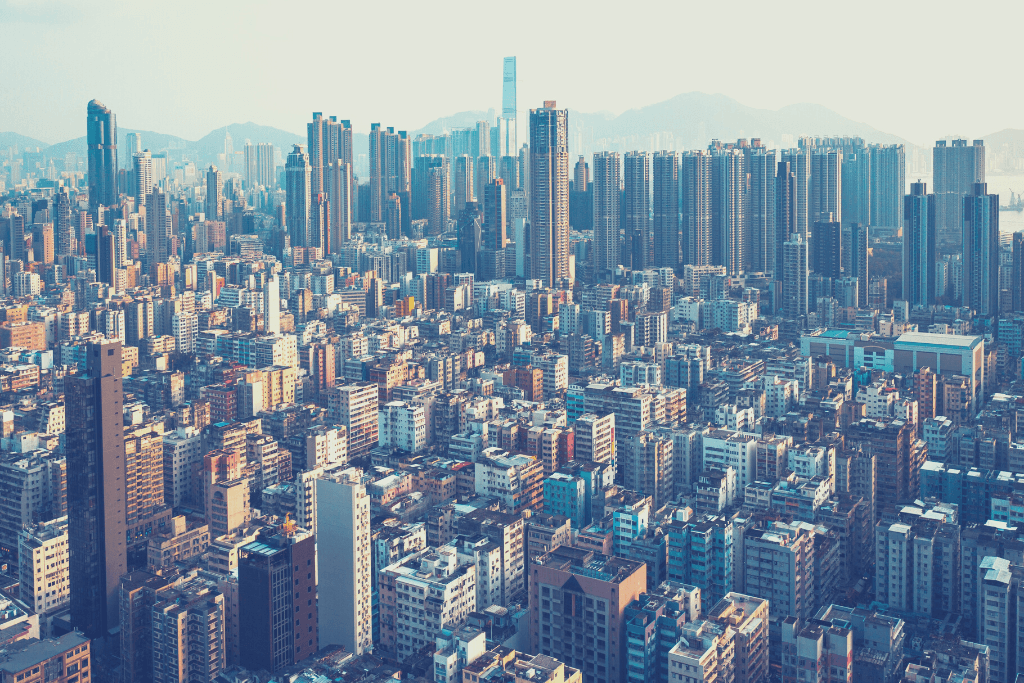Can Vertical Cities Solve Urban Population Overload?

By 2050, 70 percent of the world’s forecasted 10 billion population will live in cities, translating into roughly 7 billion urban dwellers, compared to 4.4 billion today. Most of this booming urbanization will take place in emerging economies such as China, India, and Indonesia. Even though these countries boast a vast land mass, they might still struggle to accommodate this urban growth in […]
When to Upgrade an Automatic Pedestrian Door

An automatic door confers many advantages to both the operator and the user, especially if it’s manufactured in compliance with strict standards and regulations, including work code, fire safety, accessibility, burglar-proofing, and energy savings. Nevertheless, following years of usage, it might still be necessary to replace it for the following reasons.
How Metaverse Might Be a Playground for Architects

Metaverse doesn’t refer to a single specific technology but a combination of multiple elements, including VR, AR, aspects of social media, online gaming, in 3D spaces. The term describes a vast transformation in how people interact with technology rather than a method.
Top 4 Trends in Sustainable Architecture and Construction

Construction is still one of the least efficient and digitized industries worldwide. Nevertheless, in the last decade, there has been a considerable push from some of the industry leaders for better practices that are kinder to our planet
Disaster-resilient Architecture: How Architecture Can Reduce Risks

Over the last decades, natural disasters have been growing in strength and frequency as a result of climate change. The number of weather-related disasters has tripled over the previous 30 years. Furthermore, among the 20,000 earthquakes that shake the world every year, about 16 are in the magnitude of seven or higher.
Slums Can Inspire the Future of Cities. Here’s Why.

Around a billion people worldwide live in slums, informal settlements typically populated by the urban poor. These residents represent a third of the global urban population and drive over 90 percent of its growth. By 2030, there’ll be two billion slum dwellers, residing primarily in Asian and African countries.